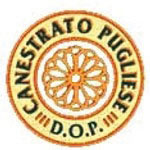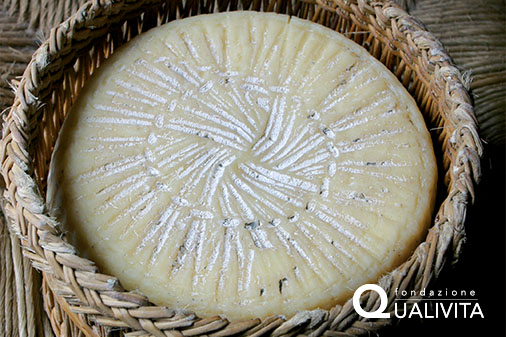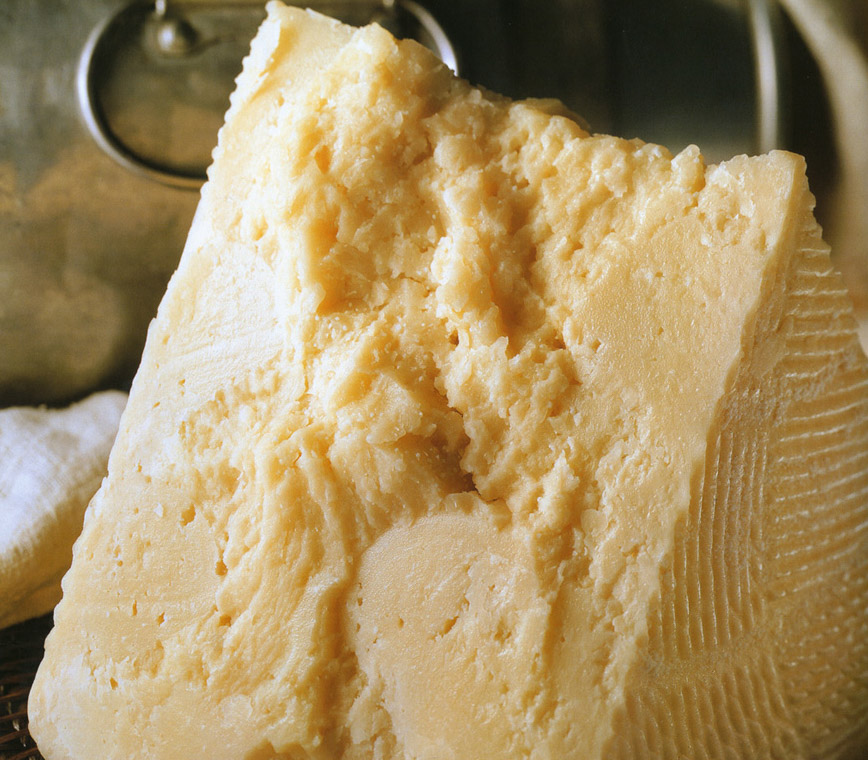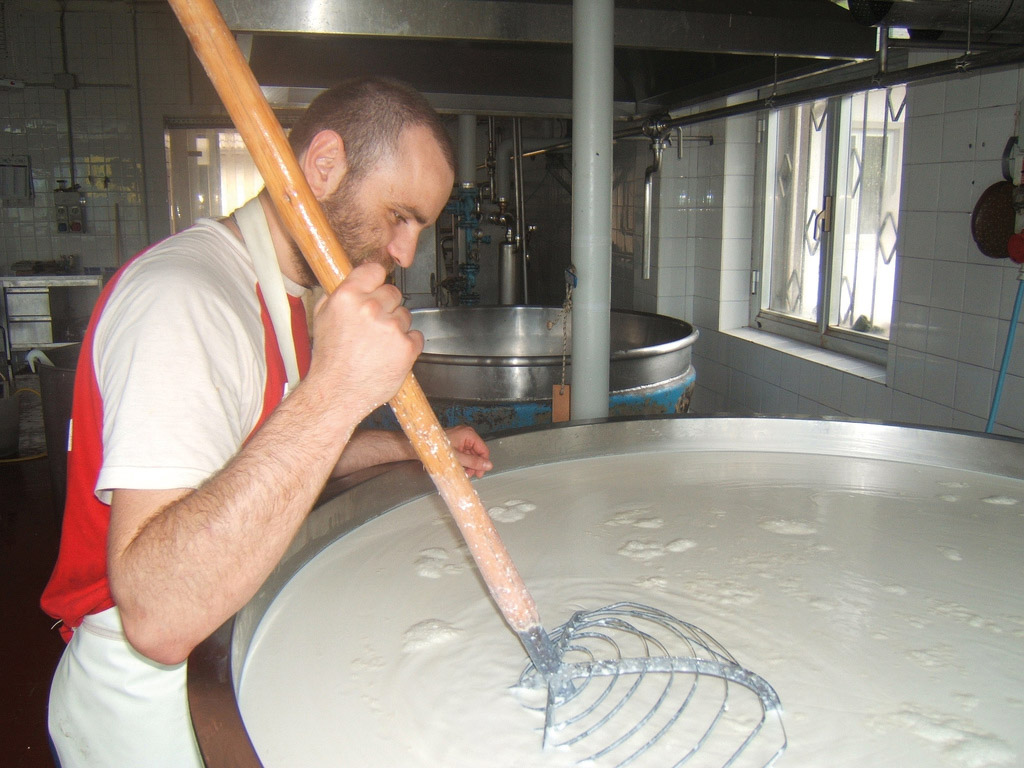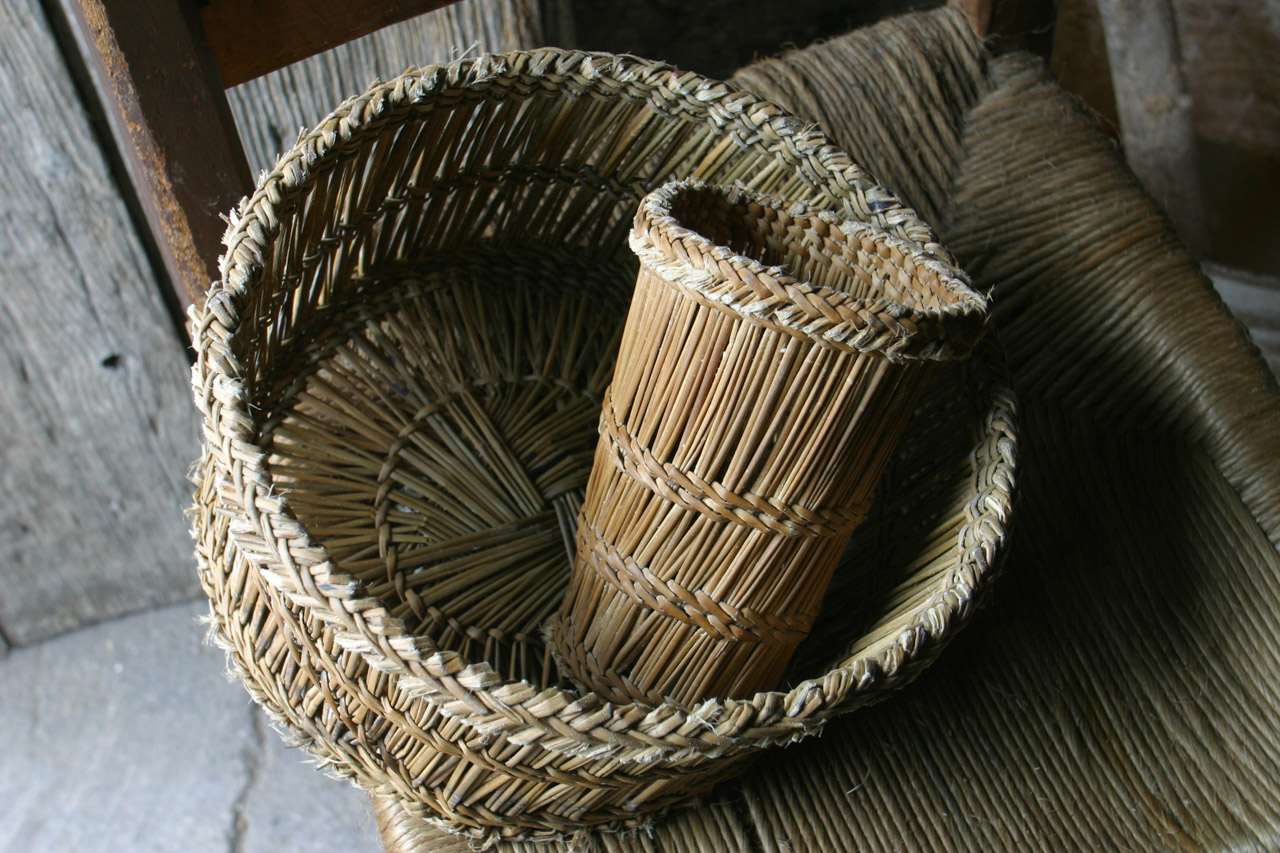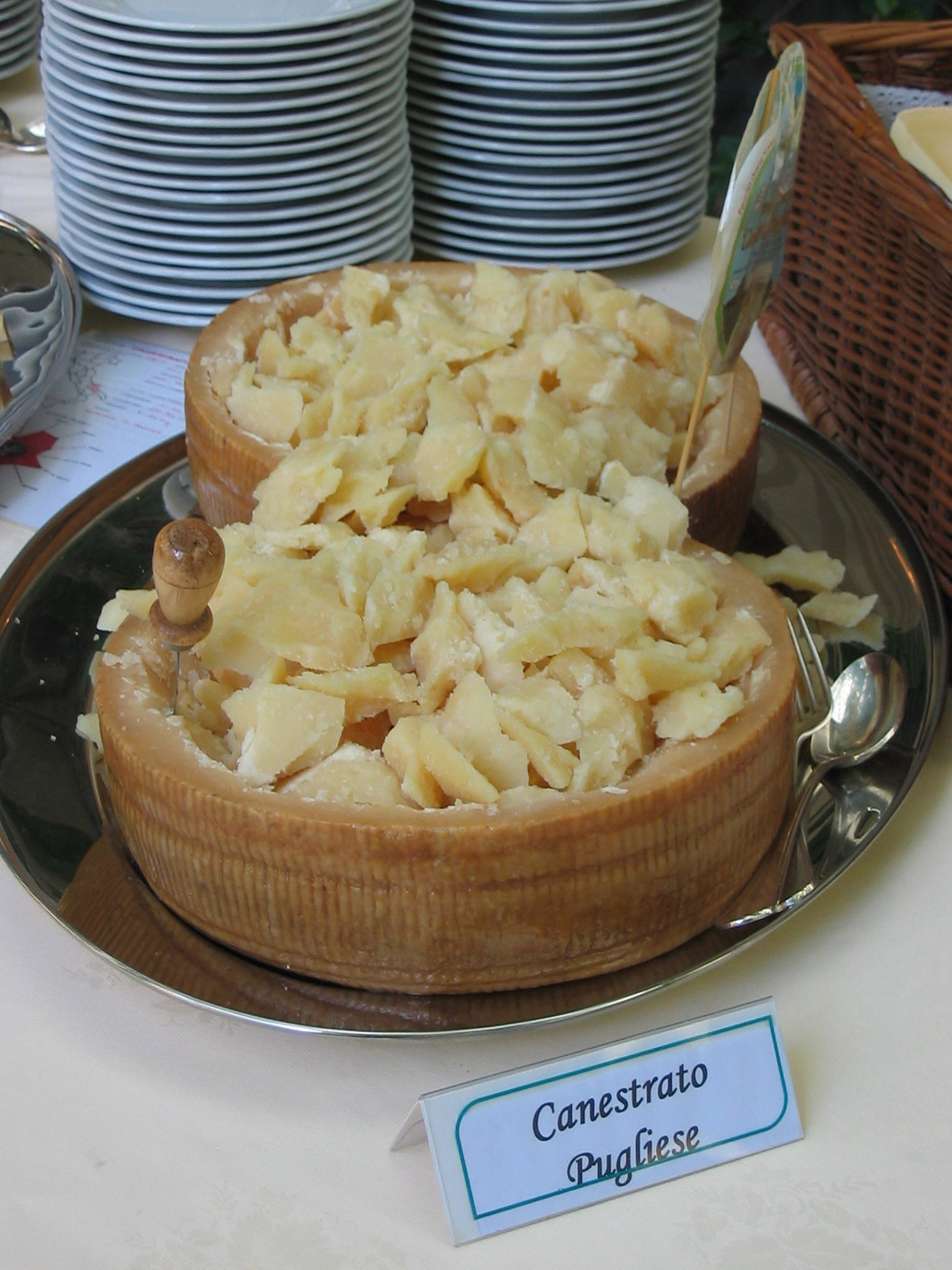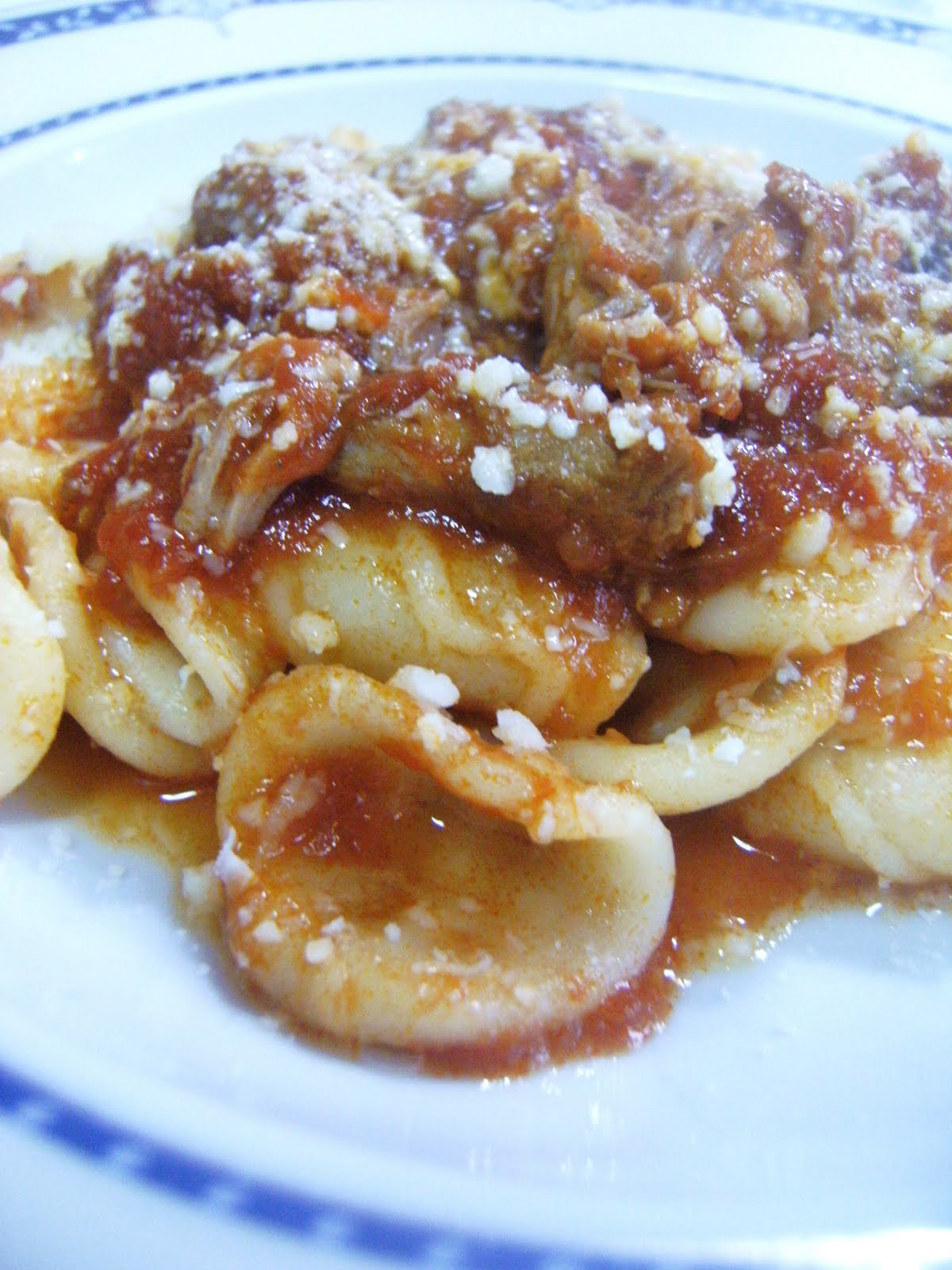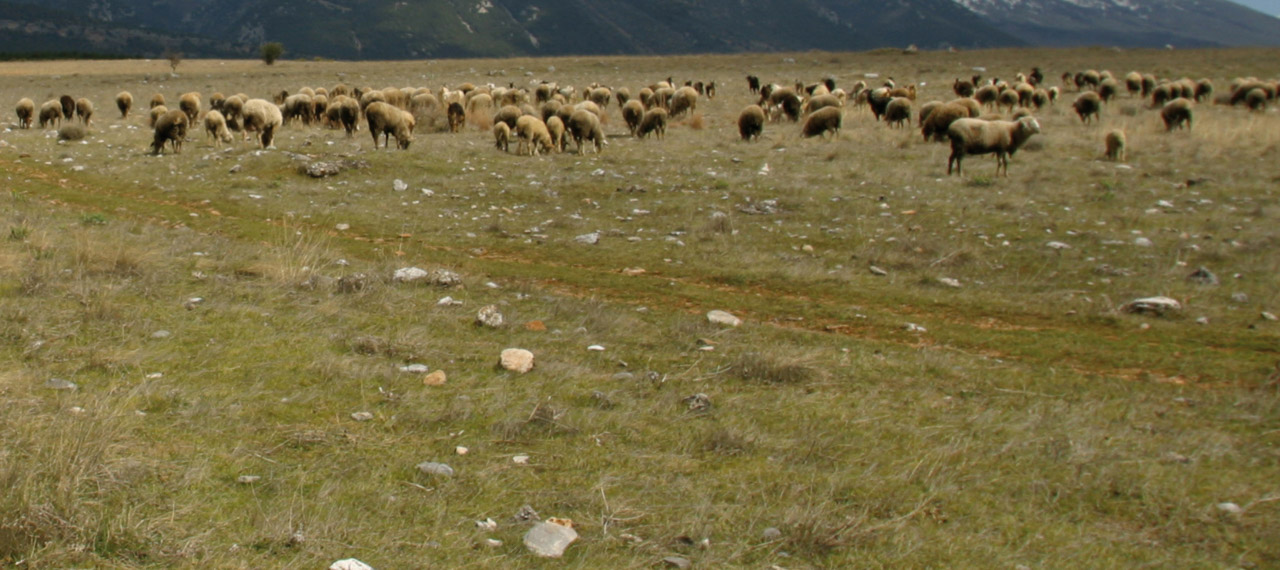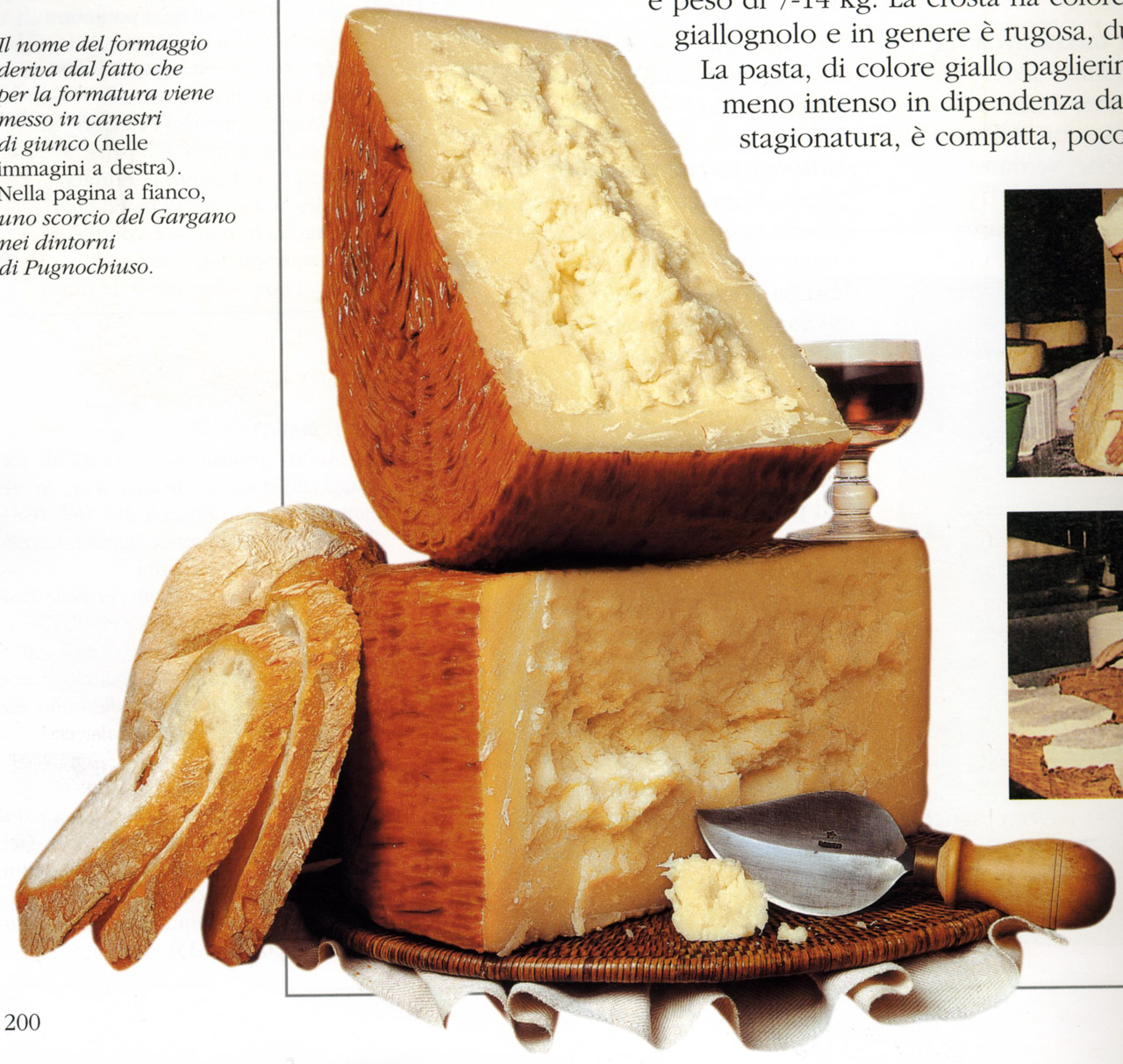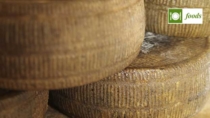Description
Canestrato Pugliese PDO is an uncooked hard cheese produced exclusively with whole sheep’s milk, formed with particular moulds that give the cheese its characteristic shape.
Production Area
The production area of Canestrato Pugliese PDO is within the entire Province of Foggia, in various municipalities in the Province of Bari, and in some municipalities in the Provine of Barletta-Andria-Trani, in the Apulia region.
Production Method
Animal curd is added to the whole sheep’s milk, which is brought to a temperature of between 38 and 45 °C. When the curd reaches the correct consistency, it is broken until the grains are the size of rice grains. After a brief pressing, it is enclosed in a reed basket. The form is pressed again and after 2-4 days it is either dry salted or salted in brine, more than once. The cheese is removed from the basket and left to ripen in a cool and slightly aerated environment, producing a younger or more mature cheese depending on the length of the ripening period, which ranges from 2 to 10 months.
Appearance and Flavour
Canestrato Pugliese PDO has a cylindrical shape, with a brown to yellow rind that is wrinkled, hard and thick. The cheese is straw-yellow, firm, crumbly, subtly rich and not too springy, with barely visible greasy eyes. The taste is characteristic and decisive, more delicate and slightly sapid in the young, less mature cheese, while the mature cheese has a fragrant aroma.
History
The production of this cheese was linked to the practice of “transhumance”. Canestrato Pugliese was in fact produced between December and May, during the period when flocks and herds migrated from Abruzzo to Apulia, as referred to by historian and politician Giustino Fortunato in one of his verses: “Se tu puoi pecora bella / in estate alla Maiella / e d’inverno a Pantanella” (If you can, beautiful sheep, pass Summer in the Maiella and winter in Pantanella). Like other basket cheeses in the south, its fame long remained limited to the production area, only becoming known at national level after the Unification of Italy. Confirmation of this can be found in a description of basket cheeses given at the 1861 Italian agricultural, industrial and artistic Expo in Florence, which defines them as being “highly appreciated at local level, yet almost unknown in the rest of Italy and not to the people’s taste”.
Gastronomy
Canestrato Pugliese PDO is traditionally cut into slices with a special knife called a “petto di piccione” (pigeon chest). These are then kept wrapped in a moist cotton cloth. Young Canestrato Pugliese PDO is generally served with fava beans, pear or crudités, and should be paired with still dry white or rosé wines. Mature Canestrato Pugliese PDO is ideal for grating on pastas with meat sauce, for example, the traditional Apulia meat sauce, preferably served with traditional regional pasta like “orecchiette”, “ziti”, “mezzi ziti” or “lumachel”, or freshly grated on stuffed meat rolls. This cheese can also be served as a main course with raw or stewed vegetables.
Marketing
The product is marketed as Canestrato Pugliese PDO. It is sold whole, in pieces and in pre-packed slices. The flat side must bear the designation and the product name and the words “Protected Designation of Origin” must be written on the label. During the ripening period, Canestrato Pugliese PDO is placed in a traditional basket (canestro in Italian), from which it takes its name. The basket moulds (fiscelle) are made with reeds from Apulia, which are sweeter than other species and therefore do not influence the flavour of the cheese.
Distinctive Features
The reeds used for the famous baskets, called fiscelle, in which Canestrato Pugliese PDO is shaped, are flexible and exceptionally mouldable. This characteristic makes it possible to obtain a shape similar to a rolled mat, intertwining the reeds tightly enough so that only the liquid from the cheese and excess moisture are eliminated.



